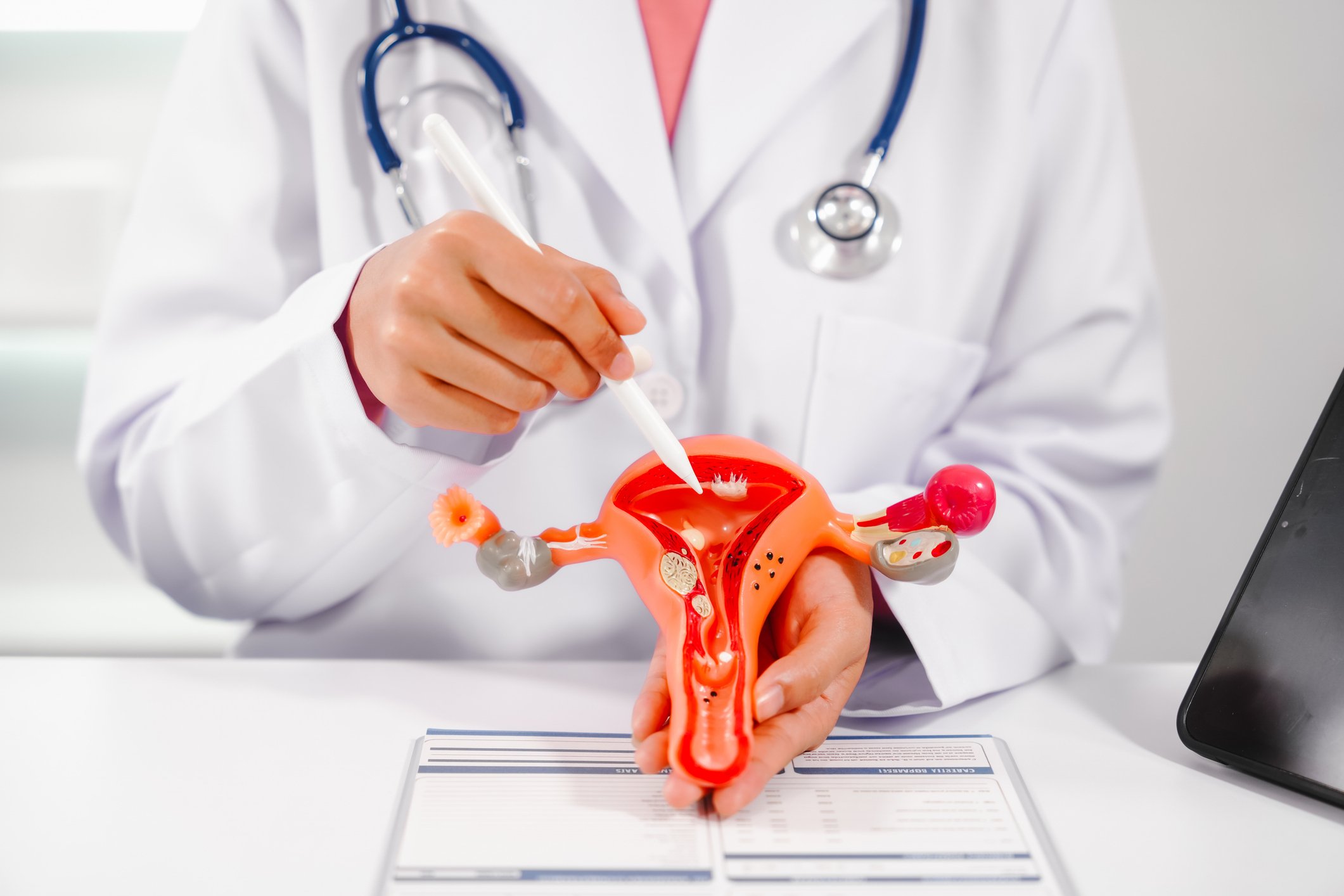Interstitial Cystitis Awareness Month: Raising awareness, understanding symptoms, and exploring treatment options
September marks Interstitial Cystitis (IC) Awareness Month, a time to shine a spotlight on a chronic condition that affects millions but often goes unnoticed. For the 4-12 million people potentially living with IC, the struggle is real—yet many may feel their pain and discomfort are dismissed due to its invisibility and the complexity of diagnosis. Now is the perfect time to learn about the symptoms, causes, and available treatments for this condition, and to help those who live with IC feel seen and understood.
What is Interstitial Cystitis?
Interstitial Cystitis, also known as Bladder Pain Syndrome (BPS), is a chronic condition that causes severe discomfort in the bladder and pelvic region. It’s often described as a combination of symptoms, including frequent urination, urgent need to urinate, and pain or pressure in the bladder or pelvis. These symptoms may vary in intensity, with some patients experiencing flare-ups that can last for days, weeks, or even longer.
The cause of IC remains unclear, but it is believed to result from a combination of factors. These may include bladder lining defects, immune system dysfunction, infections, or even physical trauma. Unlike other urinary tract disorders, IC doesn’t have a clear identifiable cause, which makes it particularly challenging to diagnose and treat. For many, the journey to a diagnosis can take years, with symptoms often misinterpreted as other conditions like urinary tract infections (UTIs).
Symptoms
IC symptoms can significantly impact daily life. Some of the most common signs and symptoms include:
- Chronic pelvic pain: This may range from mild to severe and can occur in the bladder, lower abdomen, or pelvis.
- Frequent urination: Individuals may feel the need to urinate up to 60 times a day, and sometimes this can occur throughout the night as well.
- Urgency: A strong, sudden urge to urinate, which may be difficult to control.
- Pain during urination: Some may feel a sharp, burning sensation while urinating.
- Painful intercourse: For women, sexual activity can become painful or uncomfortable due to bladder inflammation.
These symptoms can severely affect a person’s quality of life. Because they overlap with other conditions, IC can be difficult to diagnose, and many individuals suffer in silence before they find answers.
Treatment options
Although there is no definitive cure for IC, there are several treatment options that can help manage the symptoms and improve quality of life. The right treatment plan depends on the severity of the condition and individual patient needs. Here are some common options:
- Dietary changes: Many IC patients find that certain foods can trigger flare-ups. A low-acid diet and avoiding foods like caffeine, alcohol, spicy dishes, and artificial sweeteners can help reduce symptoms. It’s also beneficial to avoid citrus fruits, chocolate, and tomatoes. Consulting with a nutritionist may help develop a personalized diet plan.
- Medications: Several medications are prescribed to help relieve symptoms. For pain, non-steroidal anti-inflammatory drugs (NSAIDs) like ibuprofen may be recommended. In more severe cases, doctors may prescribe antihistamines or tricyclic antidepressants, which can help relieve bladder discomfort and pain. A bladder installation treatment, where medications are directly instilled into the bladder, is another option to alleviate symptoms.
- Physical therapy: Pelvic floor therapy is often used to help IC patients manage pelvic pain. Specialized physical therapists work with patients to relieve muscle tension and improve bladder function through targeted exercises.
- Bladder instillations: This is a treatment where medication is inserted directly into the bladder through a catheter. Dimethyl sulfoxide (DMSO) is one common medication used, which may help reduce inflammation and symptoms.
- Surgical interventions: In rare, severe cases, surgical options may be considered. This can include bladder augmentation or surgical removal of the bladder (cystectomy) for those whose symptoms cannot be controlled with other treatments.
Building support and finding solutions
As we observe IC Awareness Month, it’s important to remember that while a cure for IC remains elusive, there are numerous ways to manage the condition and improve quality of life. Whether it’s through dietary changes, physical therapy, or advanced medical treatments, patients can find relief through a combination of methods tailored to their individual needs.
If you or someone you know experiences symptoms of IC, don’t wait to seek a proper diagnosis—early intervention can make all the difference in managing this chronic condition.
For more information and resources on IC, visit the following organizations:

.png?width=800&height=333&name=Copy%20Option%203%20(4).png)